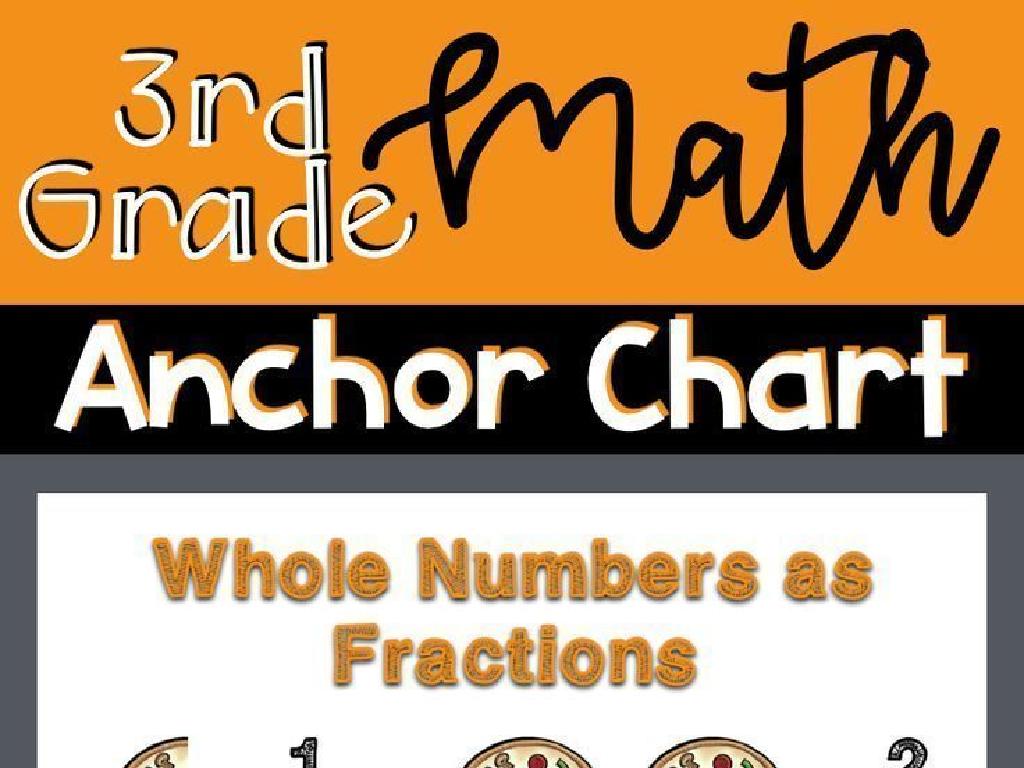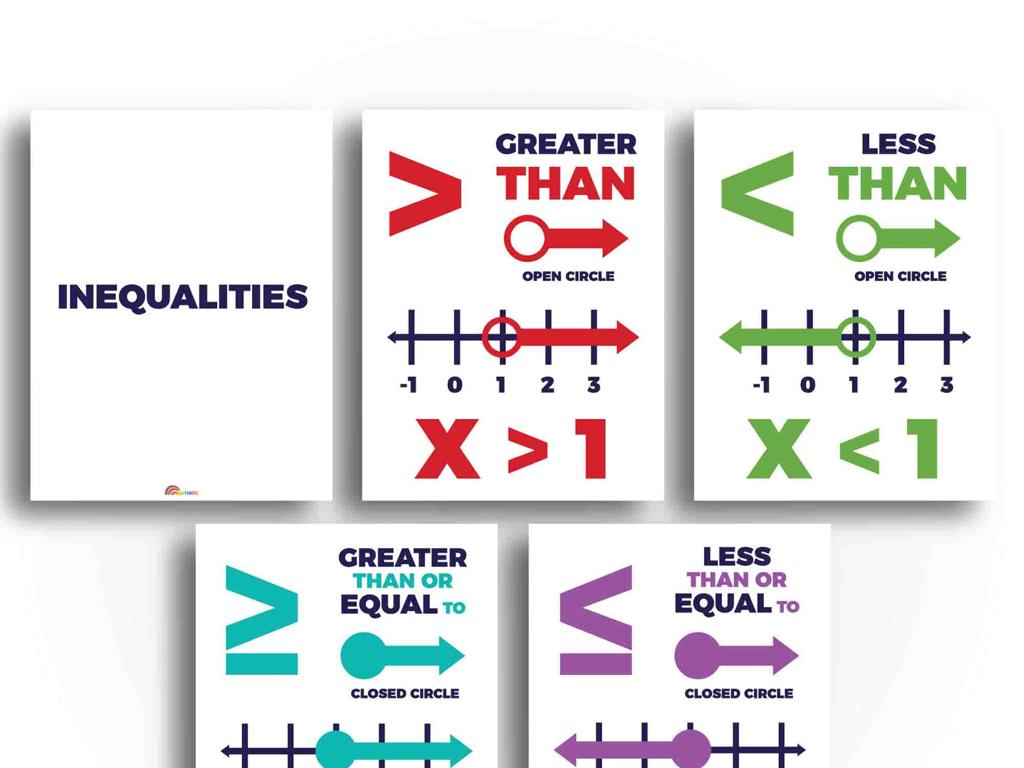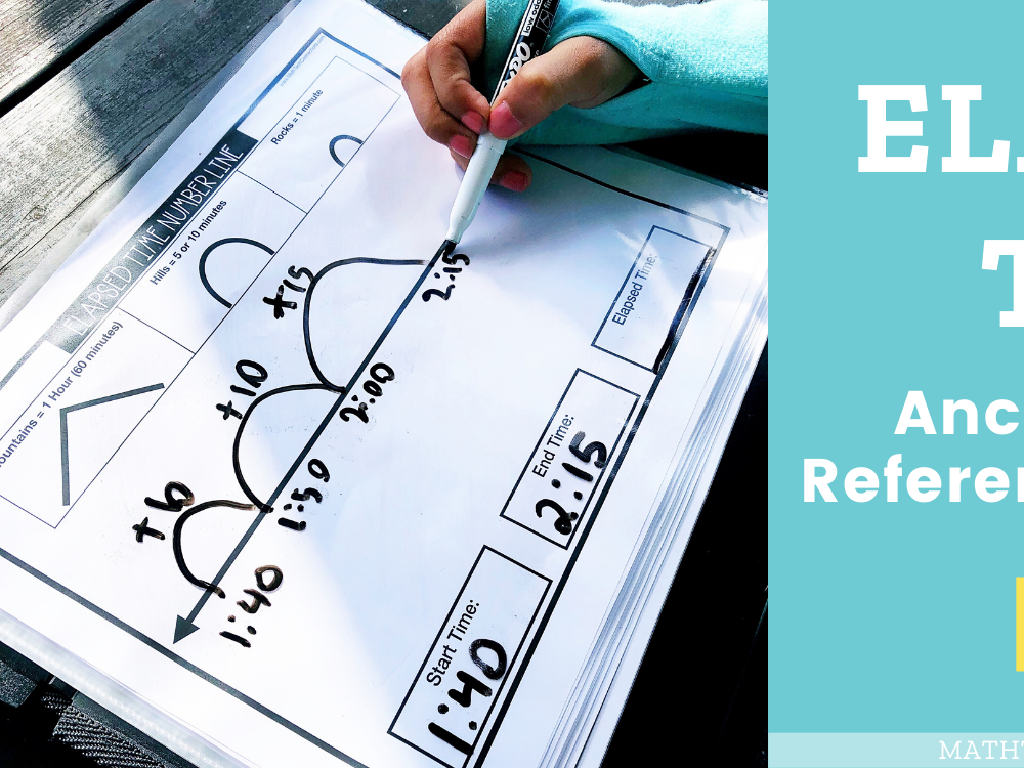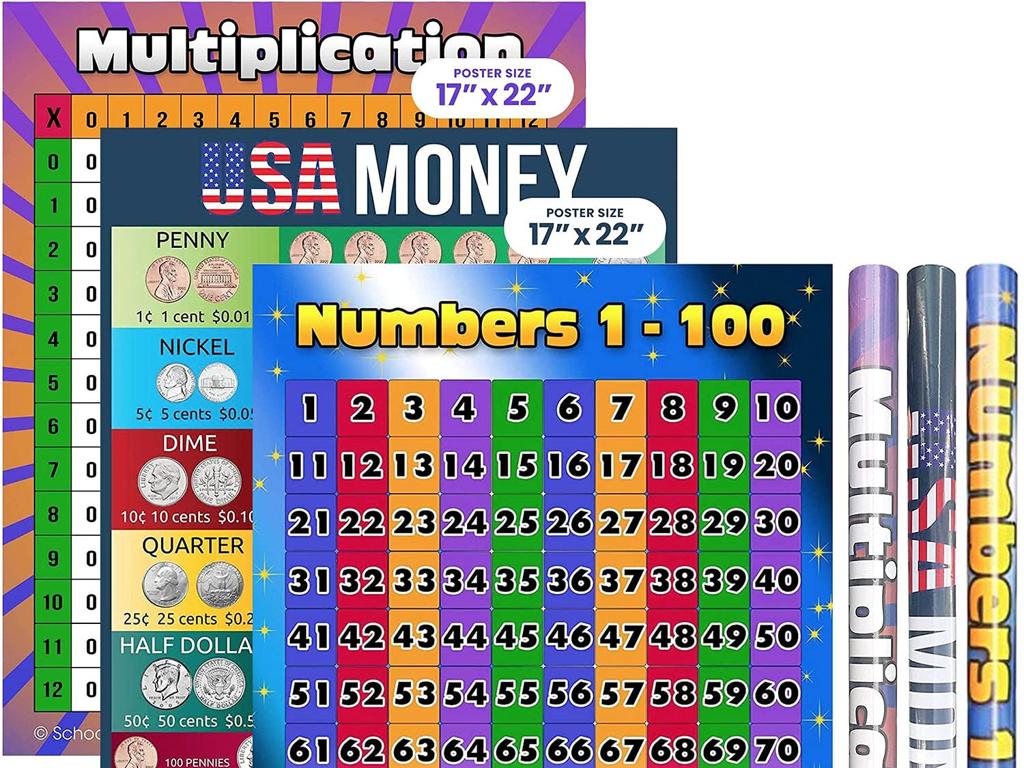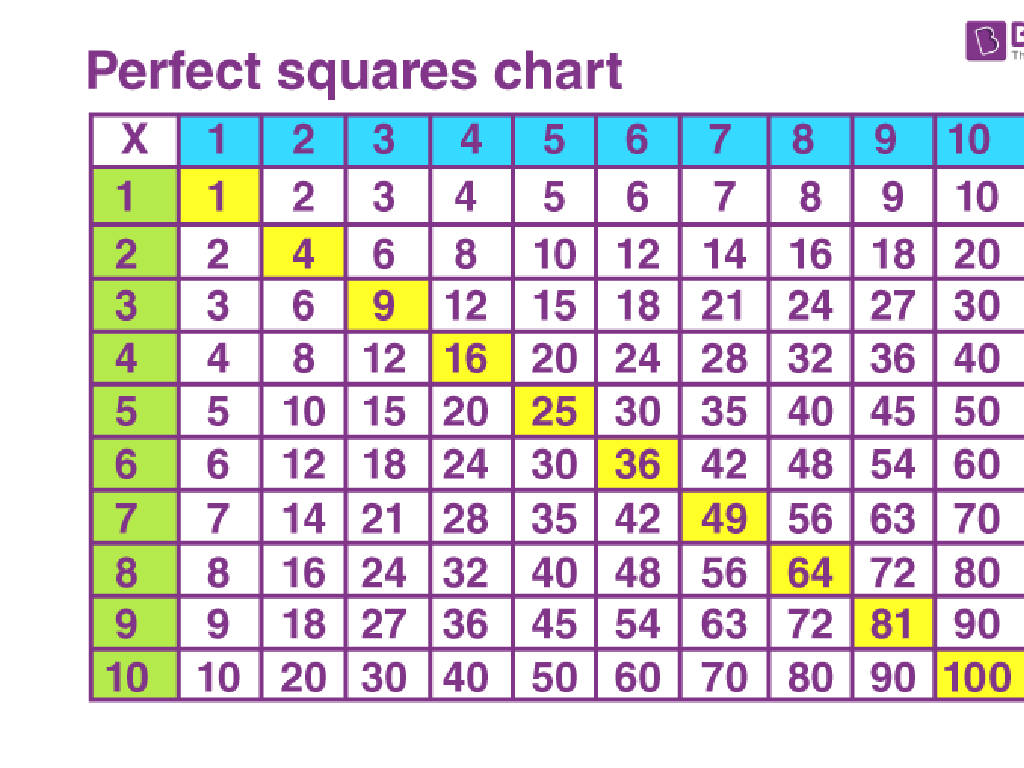Seasons Of The Year
Subject: Math
Grade: First grade
Topic: Days, Months, And Seasons
Please LOG IN to download the presentation. Access is available to registered users only.
View More Content
Welcome to the Seasons!
– Greet the class with enthusiasm
– Introduce the four seasons
– There are four unique seasons
– Engage students by naming seasons
– Can you think of one of the four seasons?
– Discuss characteristics of each season
– Talk about weather and activities in each season
|
Begin the class with a warm and energetic greeting to capture the students’ attention. Introduce the concept of the four seasons – spring, summer, fall, and winter. Encourage participation by asking the students if they can name any of the seasons. This will help assess their prior knowledge and get them involved in the lesson. After naming the seasons, discuss the distinct characteristics of each one, such as the weather patterns and typical activities people do during each season. Use simple language and relatable examples to help first graders understand and connect with the material.
Exploring the Four Seasons
– What is a season?
– A time of year with its own weather
– The four seasons
– Spring, Summer, Fall, Winter
– Why seasons change
– Earth’s trip around the sun changes the weather
– Seasons and the sun
|
This slide introduces the concept of seasons to first graders. Begin by explaining that a season is a specific time of year that has its own kind of weather. There are four main seasons that we experience: Spring, when plants start to bloom; Summer, when it’s usually hot; Fall (also known as Autumn), when leaves change color and fall off trees; and Winter, when it’s cold and sometimes snowy. The reason we have different seasons is because of the Earth’s orbit around the sun, which changes the weather we experience. Use simple language and examples to help students understand, such as relating the seasons to the holidays they know or the clothes they wear during different times of the year.
The Season of Spring
– Spring brings warmer weather
– After winter, the air gets warmer and we can play outside more!
– Flowers bloom, trees grow leaves
– Look for colorful flowers and green leaves on trees.
– Spring can be rainy
– Don’t forget your umbrella spring showers are common!
– Spring is a time of growth
|
This slide introduces the concept of spring to first graders. Emphasize the changes that occur as winter ends and temperatures rise, making it a perfect time for outdoor activities. Highlight the natural beauty of spring with the blooming of flowers and the budding of leaves, which can be a great opportunity for a class nature walk. Discuss the importance of rain in helping plants grow, and how it leads to the lush greenery of the season. Encourage students to observe these changes in their own environment and share their experiences of spring with the class.
Summer: The Sunny Season!
– Summer is the warmest season
– The sun shines the brightest and we feel the heat.
– Beach trips and ice cream treats
– Imagine building sandcastles and enjoying cold, yummy ice cream.
– Perfect for outdoor fun
– Think of playing soccer, swimming, and picnics!
– Remember to stay hydrated!
– Drink lots of water to keep cool in the sun.
|
This slide introduces students to the summer season, emphasizing its characteristics as the hottest time of the year. Highlight activities that are best enjoyed during summer, like going to the beach and eating ice cream, to make the concept relatable for first graders. Encourage them to think of other summer activities and discuss the importance of staying hydrated due to the higher temperatures. Use this opportunity to integrate simple math by counting the number of sunny days in a week or measuring the temperature during different times of the day.
The Season of Fall (Autumn)
– Fall brings cooler weather
– Leaves change color
– Trees become red, yellow, and brown
– Leaves fall from trees
– Fun with leaf piles
– Jumping into leaf piles is a fun fall activity
|
In this slide, we introduce the students to the season of Fall, also known as Autumn. Explain that as the weather gets cooler, we start to see changes in nature, particularly in the trees. The leaves change into beautiful colors like red, yellow, and brown before they fall off the trees. This natural change provides an opportunity for fun activities such as playing in leaf piles. Encourage the children to observe these changes in their environment and discuss the differences they notice as the season progresses. You can also integrate a simple math activity by having them count the colors of leaves or sort them by size.
Winter: The Coldest Season
– Winter is chilly and frosty
– Snowfall brings snowmen
– When it snows, we can make snowmen and snow angels
– Dressing up to stay cozy
– We wear warm clothes like coats, hats, and mittens
– Winter activities
– We can go sledding and drink hot cocoa
|
This slide introduces students to the winter season, emphasizing its defining cold weather and the cultural practices associated with it. Explain that winter is one of the four seasons and is the coldest one, which is why we often see snow during this time. Highlight the fun activities that can be done in the snow, such as building snowmen, which can be a playful way to engage with the season. Discuss the importance of wearing appropriate clothing to stay warm, like coats, hats, and gloves. Encourage students to share their own winter experiences and what they like to do when it’s cold outside. This will help them connect personally with the material and understand the seasonal changes better.
Seasons and the Calendar
– Four seasons in a year
– Each season is three months
– Winter, spring, summer, fall each last about three months.
– Calendars show season dates
– Find the start and end of seasons on a calendar.
– Months matched with seasons
– December to February is winter, March to May is spring, June to August is summer, September to November is fall.
|
This slide introduces the concept of seasons in relation to the calendar year. Emphasize that there are four distinct seasons, and each one lasts approximately three months. Use a calendar to visually show students how the seasons change and when each one begins and ends. Help them understand which months correspond to which seasons, reinforcing the sequence of months and their association with winter, spring, summer, and fall. This will aid in their comprehension of time and the cyclical nature of seasons. Encourage students to share what they know about each season weather changes, activities, and holidays to make the learning experience more engaging.
Class Activity: Seasonal Tree Art!
– Get your tree template
– Pick your favorite season
– Decorate your tree with season colors
– Think about the colors you see in nature during your favorite season
– Use materials to show the season
– Leaves, cotton for snow, or flowers for spring can be used
|
This activity is designed to help students understand the seasons through a fun and interactive art project. Each student will receive a simple tree template, which they will then decorate according to their favorite season. Encourage them to think about the colors associated with each season, such as green for spring, brown and orange for fall, white for winter, and bright colors for summer. Provide a variety of materials like colored paper, cotton balls, and tissue paper to represent different seasonal elements. This activity will not only reinforce the concept of seasons but also allow for creativity and discussion about the changes in nature throughout the year. Make sure to assist students in selecting materials and guide them in applying these to their trees.

